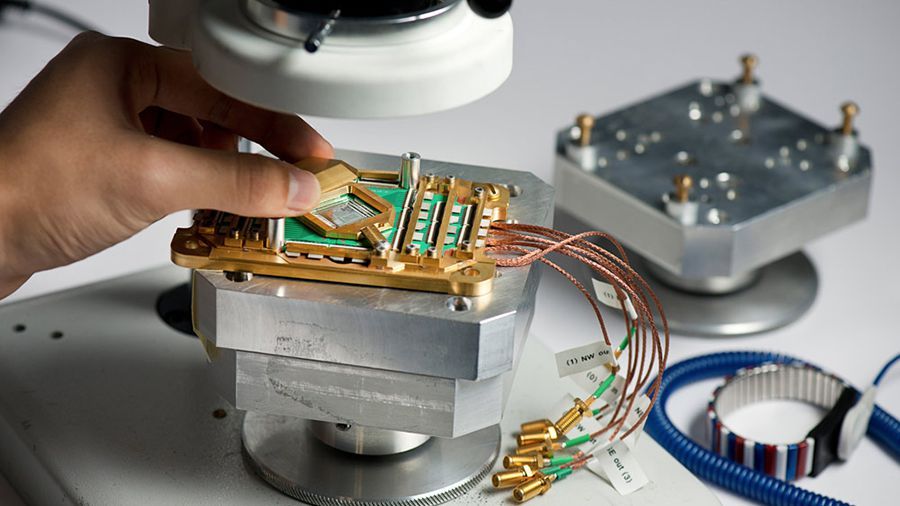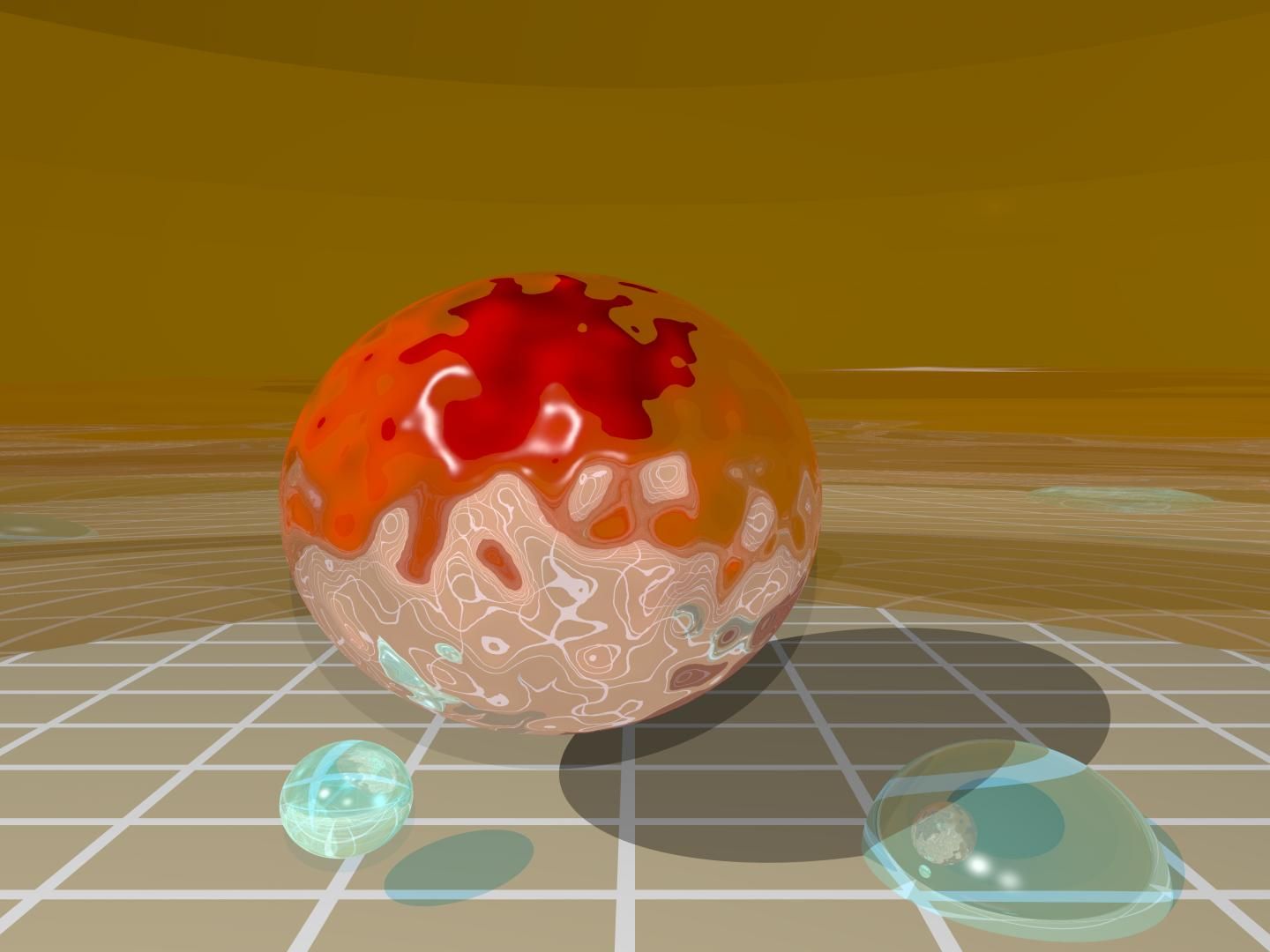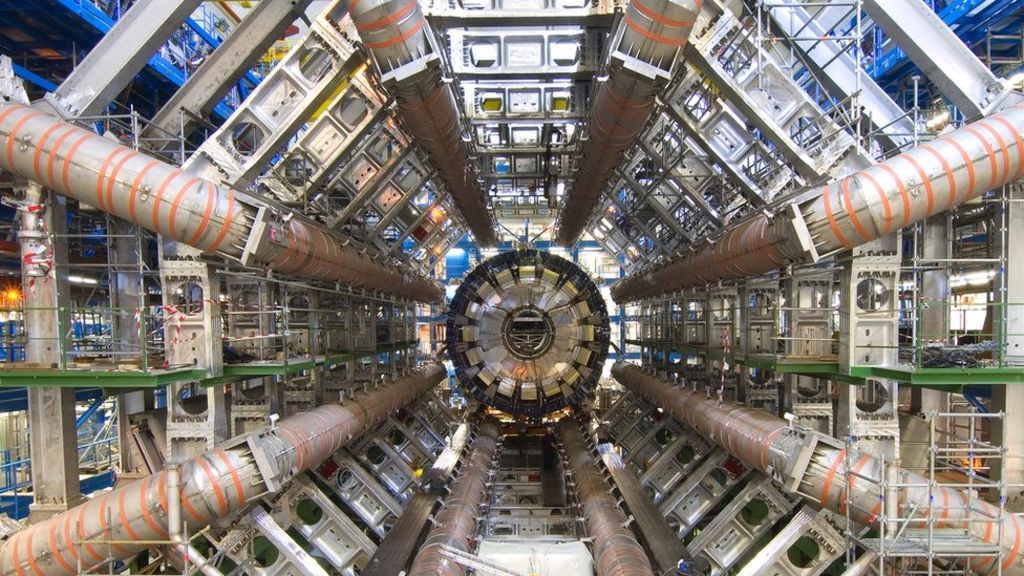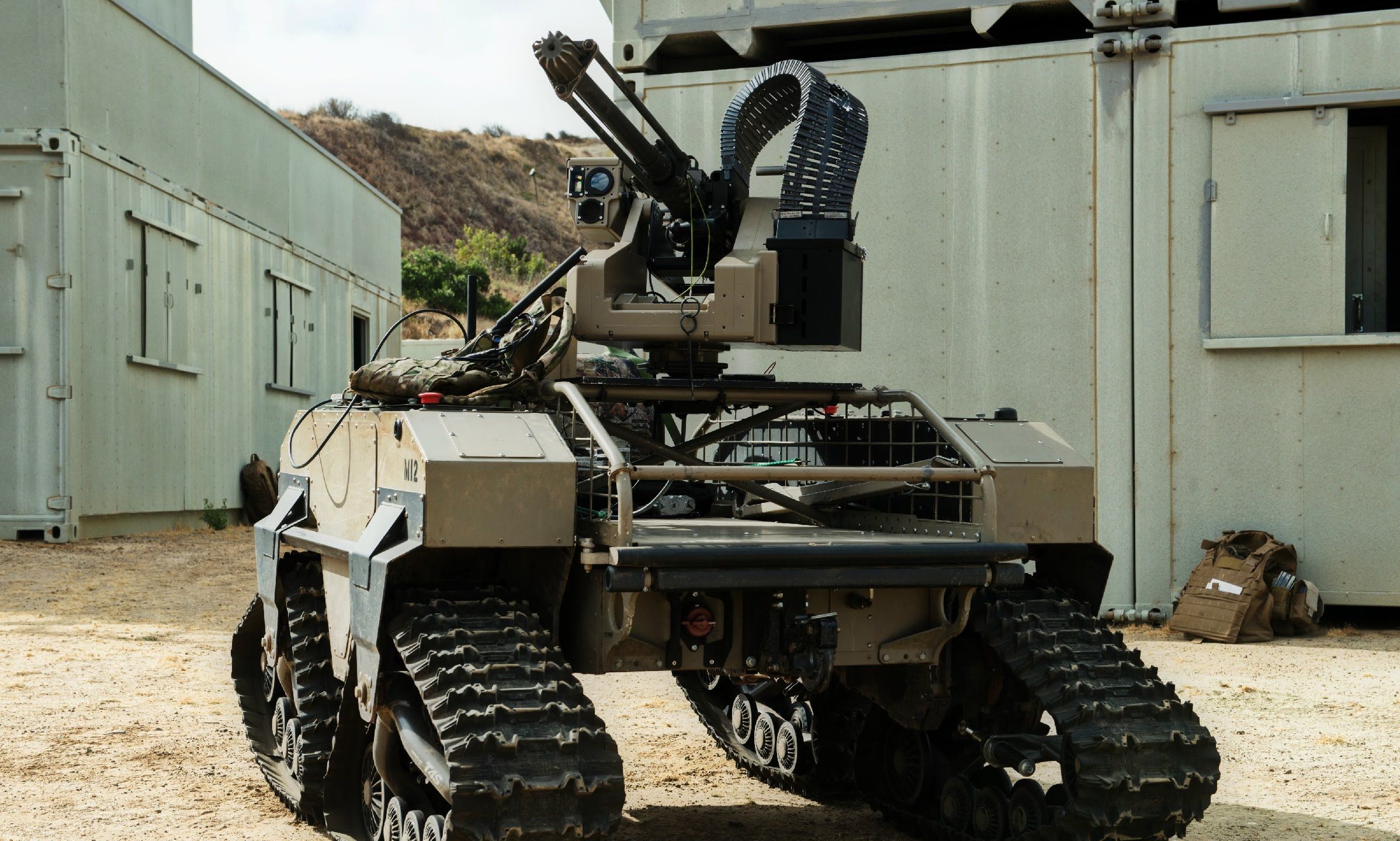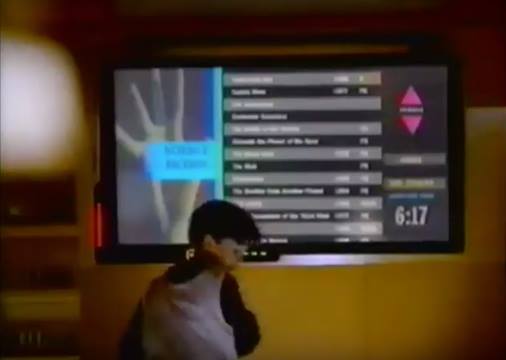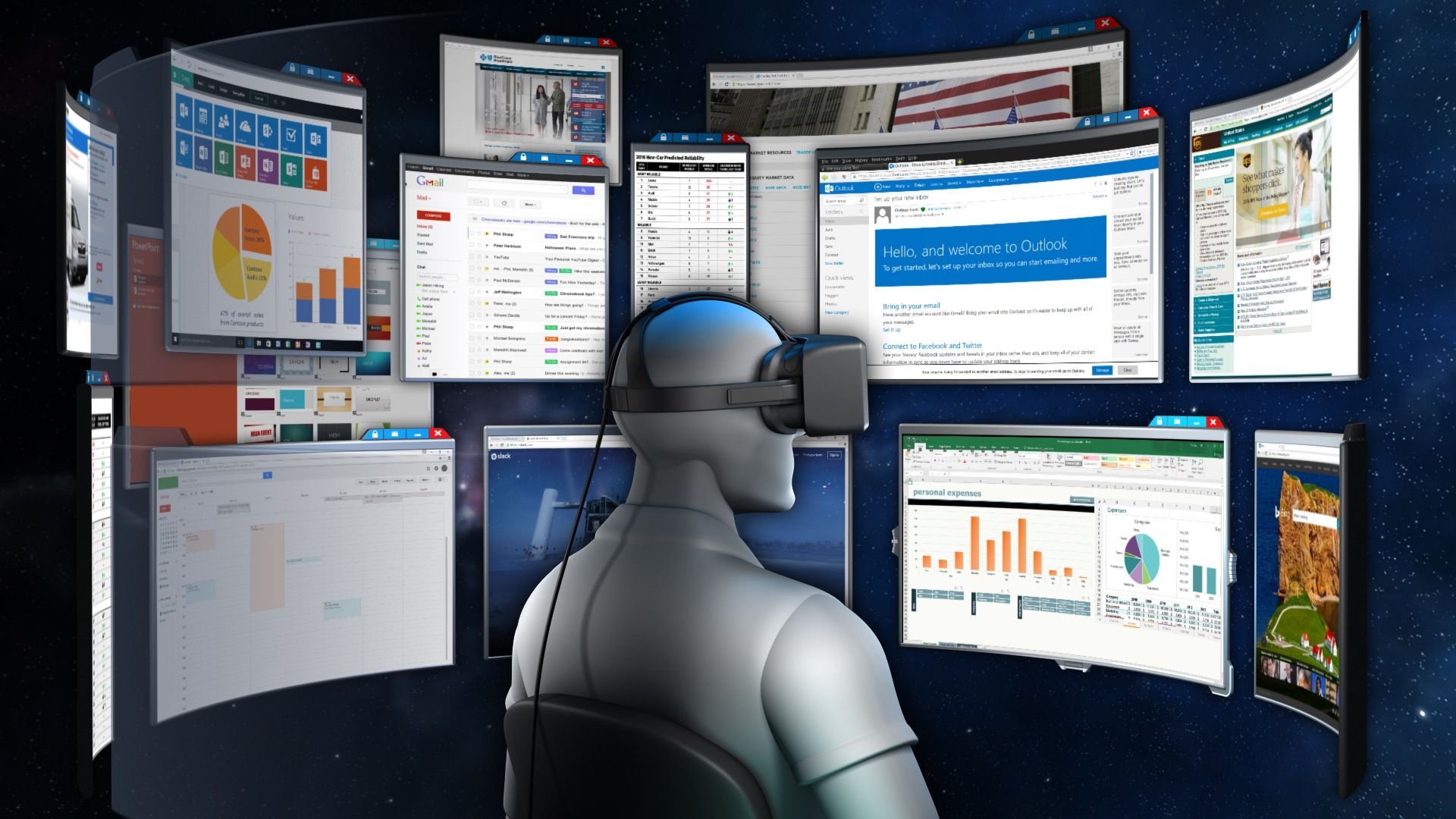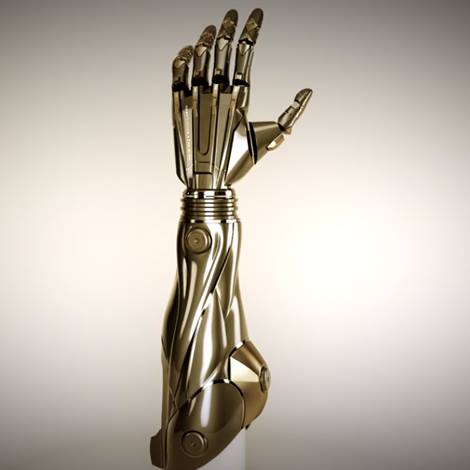It’s complicated. But we can help.
In a development that could greatly help the study of quantum phenomena, scientists have created a theoretical model for a new form of light that combines the properties of photons and electrons. If turned into reality, the new light form could also be used to make electrical circuits which at present use electrons for conduction.
Scientists from Imperial College London published a study in the journal Nature Communications on Friday that shows “it is possible to create a new form of light by binding light to a single electron, combining the properties of both,” according to a statement issued by the college.
Light, which is made up of photons, usually interacts with a large number of electrons on the surface of whatever material it comes in contact with. For the study, researchers from Imperial used “a recently discovered class of materials known as topological inhibitors.” Combining that with “theoretical physics to model the behavior of light,” they found that light could interact with only one electron on the surface.
Quantum computing remains mysterious and elusive to many, but USC Viterbi School of Engineering researchers might have taken us one step closer to bring such super-powered devices to practical reality. The USC Viterbi School of Engineering and Information Sciences Institute is home to the USC-Lockheed Martin Quantum Computing Center (QCC), a super-cooled, magnetically shielded facility specially built to house the first commercially available quantum optimization processors — devices so advanced that there are currently only two in use outside the Canadian company D-Wave Systems Inc., where they were built: The first one went to USC and Lockheed Martin, and the second to NASA and Google.
Quantum computers encode data in quantum bits, or “qubits,” which have the capability of representing the two digits of one and zero at the same time — as opposed to traditional bits, which can encode distinctly either a one or a zero. This property, called superposition, along with the ability of quantum states to “interfere” (cancel or reinforce each other like waves in a pond) and “tunnel” through energy barriers, is what may one day allow quantum processors to ultimately perform optimization calculations much faster than is possible using traditional processors. Optimization problems can take many forms, and quantum processors have been theorized to be useful for a variety of machine learning and big data problems like stock portfolio optimization, image recognition and classification, and detecting anomalies. Yet, exactly because of the exotic way in which quantum computers process information, they are highly sensitive to errors of different kinds.
Last year, the world freaked out over the discovery of a star that was dimming and flickering so erratically, it couldn’t be explained by any known natural phenomenon — prompting one scientist to actually go there and suggest it could be evidence of some kind of alien megastructure.
Follow-up studies have revealed no signs of alien behaviour, but NASA’s Kepler Space Telescope has just spent around 1,600 days observing the star, and things have gotten a lot weirder.
“We spent a long time trying to convince ourselves this wasn’t real,” one of the researchers, Ben Montet from Caltetch, told Maddie Stone over at Gizmodo. “We just weren’t able to.”
Hopes for the imminent discovery of a particle that might fundamentally change our understanding of the Universe have been put on hold.
Results from the Large Hadron Collider show that a “bump” in the machine’s data, previously rumoured to represent a new particle, has gone away.
The discovery of new particles, which could trigger a paradigm shift in physics, may still be years away.
AT&T commercials 20 years ago successfully predicted the future.
https://www.facebook.com/hub/videos/860214817445783/
We now live in the future once imagined in AT&T commercials 20 years ago.
Consider the paradox of the modern business office: It’s a place of productivity where busy people meet deadlines, yet it’s teeming with distractions.
Companies are loading up on game rooms and snack bars, while 70 percent of American offices have adopted an open-office floor plan. The hope for open offices was to encourage random hallway banter, which can lead to innovation, but it’s not working out so great. Turns out privacy is a necessary condition for supporting productive people.
To end the oppression of open offices, several startups are building workstations of the future: software that pulls everything we normally do on a computer inside of virtual reality (VR). After all, what’s more private than a VR display around your head?
A new story by Scientific American on transhumanism: http://blogs.scientificamerican.com/cross-check/turned-off-b…resident/#
Transhumanist candidate Zoltan Istvan urges spending less on war and more on the scientific quest to defeat death.
